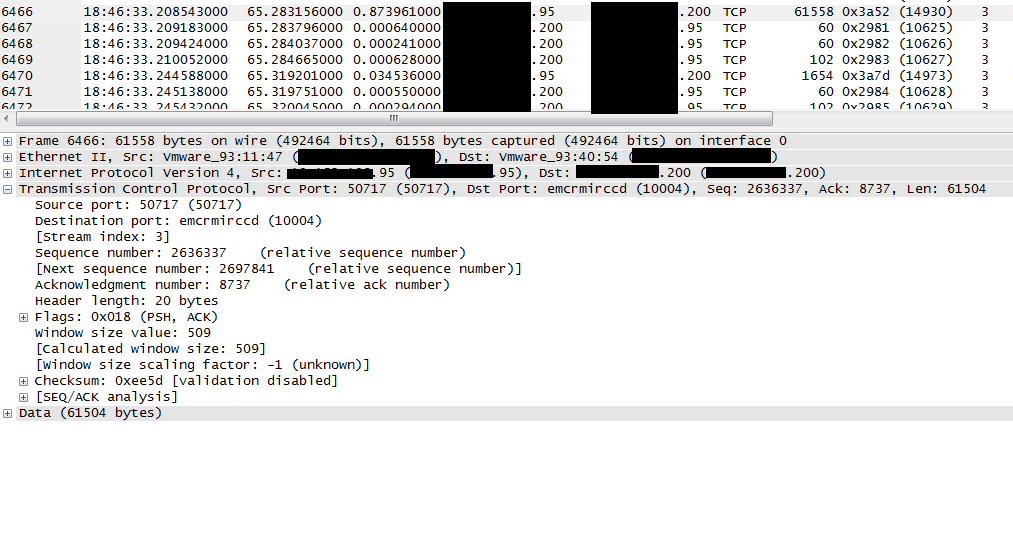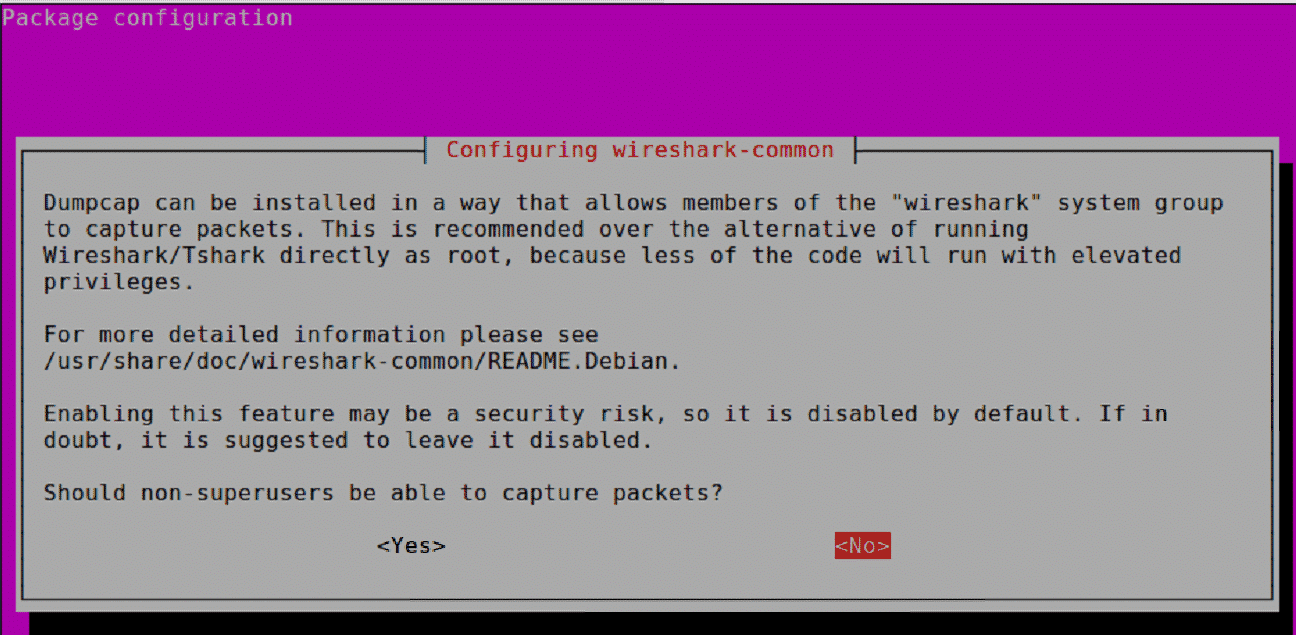

The example below shows how we can instruct dumpcap to maintain a rotating record of the last 24 hours worth of traffic:ĭumpcap -i 3 -q -b duration:3600 -b files:25 -w d:\traces\mytrace.pcap We can also specify filters to limit the types of traffic captured by dumpcap. And to avoid eventually filling the entire hard disk with capture files, we can include the files parameter to set up a ring buffer: Once the maximum number of files have been saved, the oldest file is deleted and a new empty file is created in its place. We use the duration keyword in place of filesize to specify a length of time (in seconds) to spend filling each file (for example, one hour, or 3600 seconds).

To explicitly specify the PATH, you may need to include the path portion in double quotes (e.g. In order for the system to find dumpcap, you will need to include it as part of the Windows PATH environment variable, or explicitly specify the path.

It resides in the Wireshark root folder (e.g. Procedure To capture Wireshark data, you will need to use “dumpcap” which is a command line utility installed as part of Wireshark. Objective How to use Wireshark (on Windows) to capture a driver or network issue that may only occur very infrequently, for example, to capture data on an issue which may occur only once a month.Įnvironment Primary Product Line: All Product Module: All Additional setup and testing may be needed before deploy it.


 0 kommentar(er)
0 kommentar(er)
